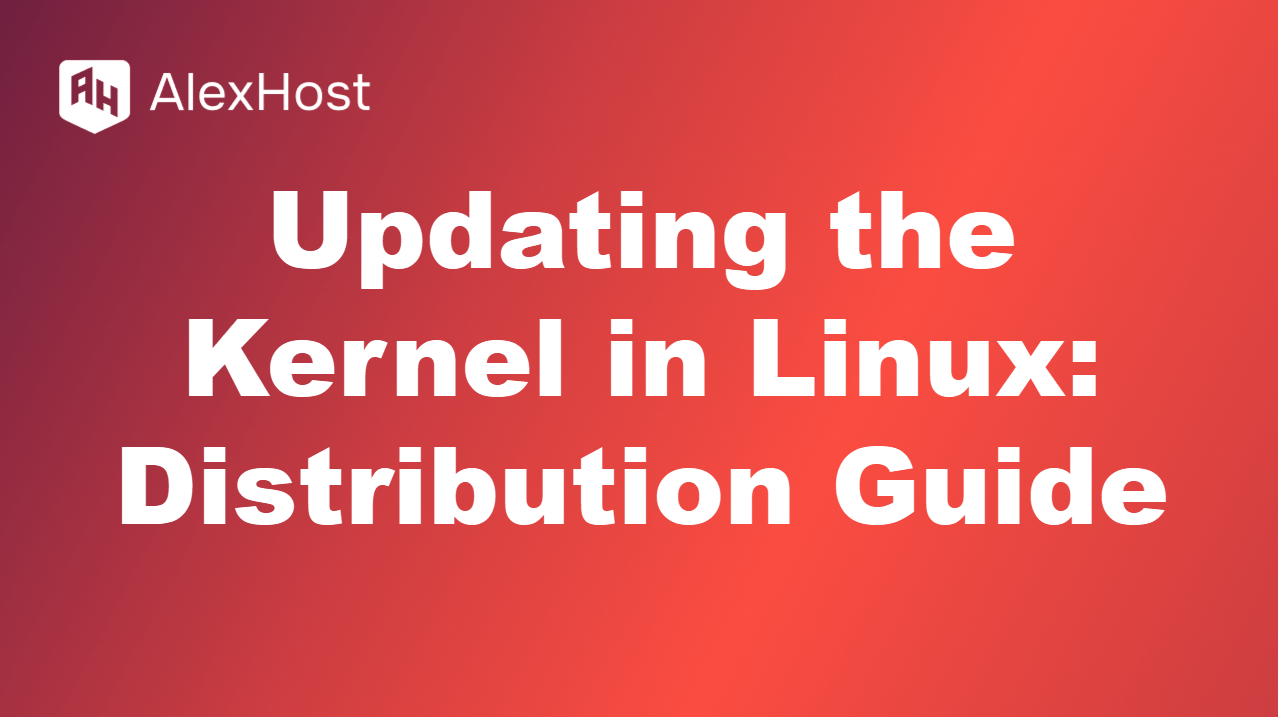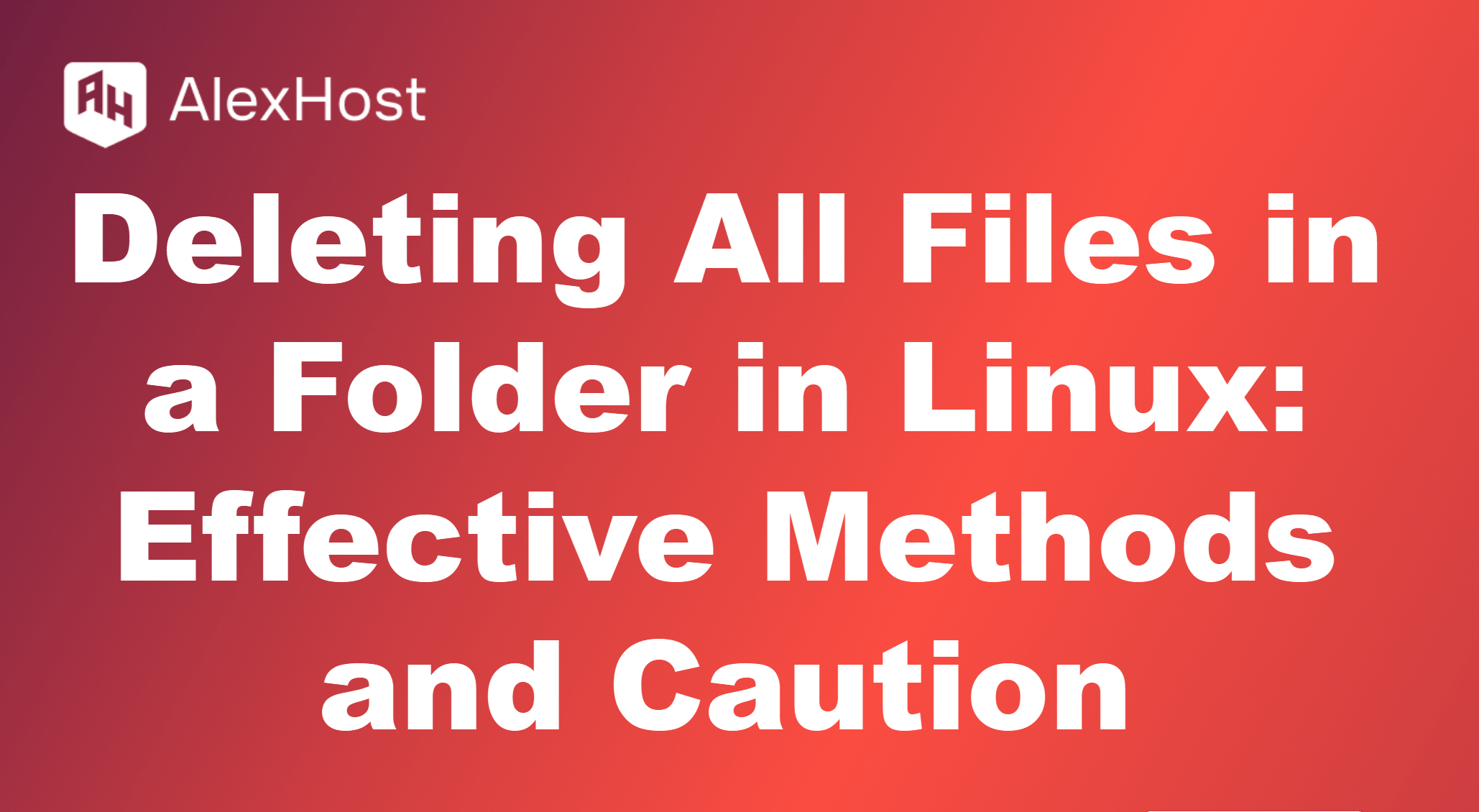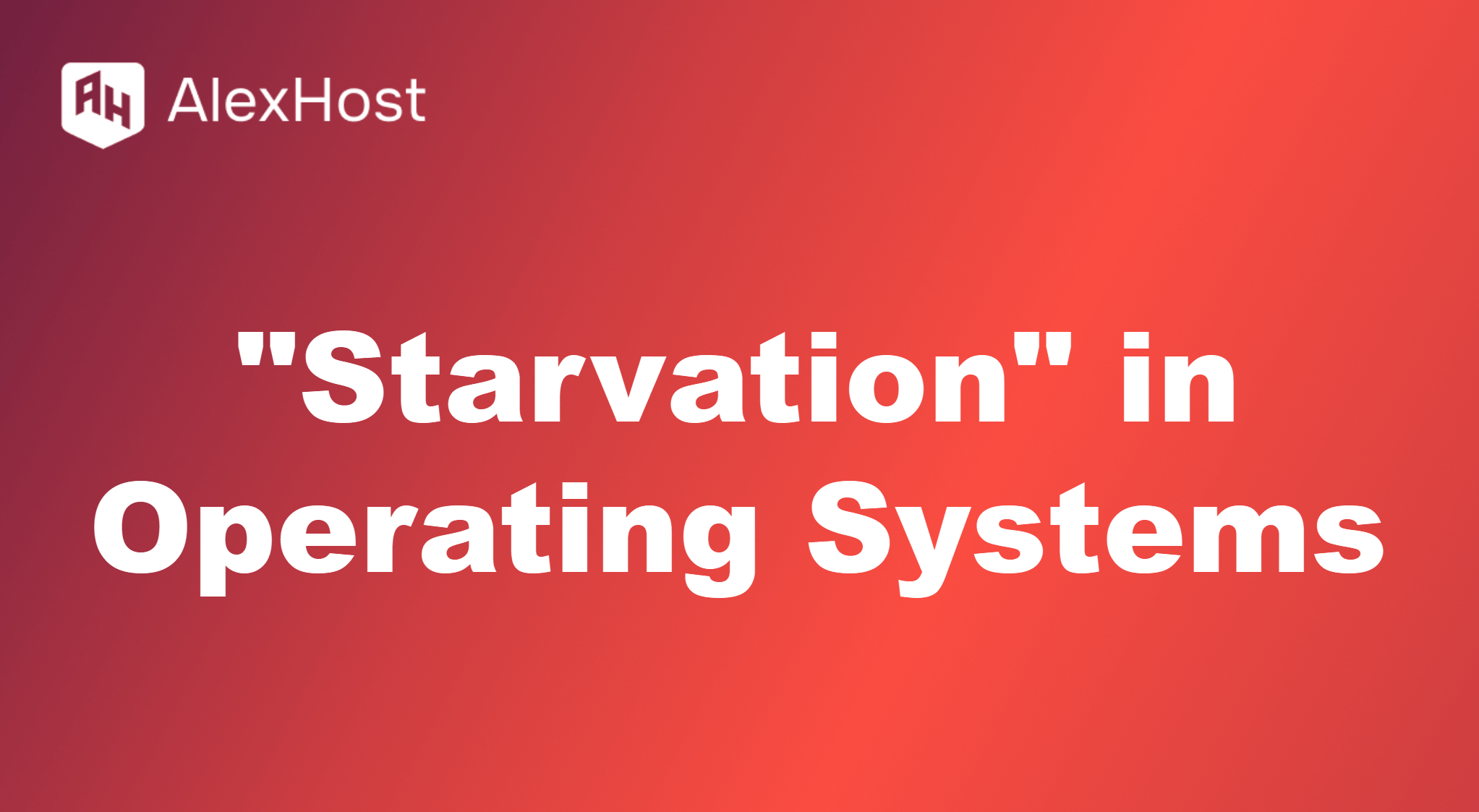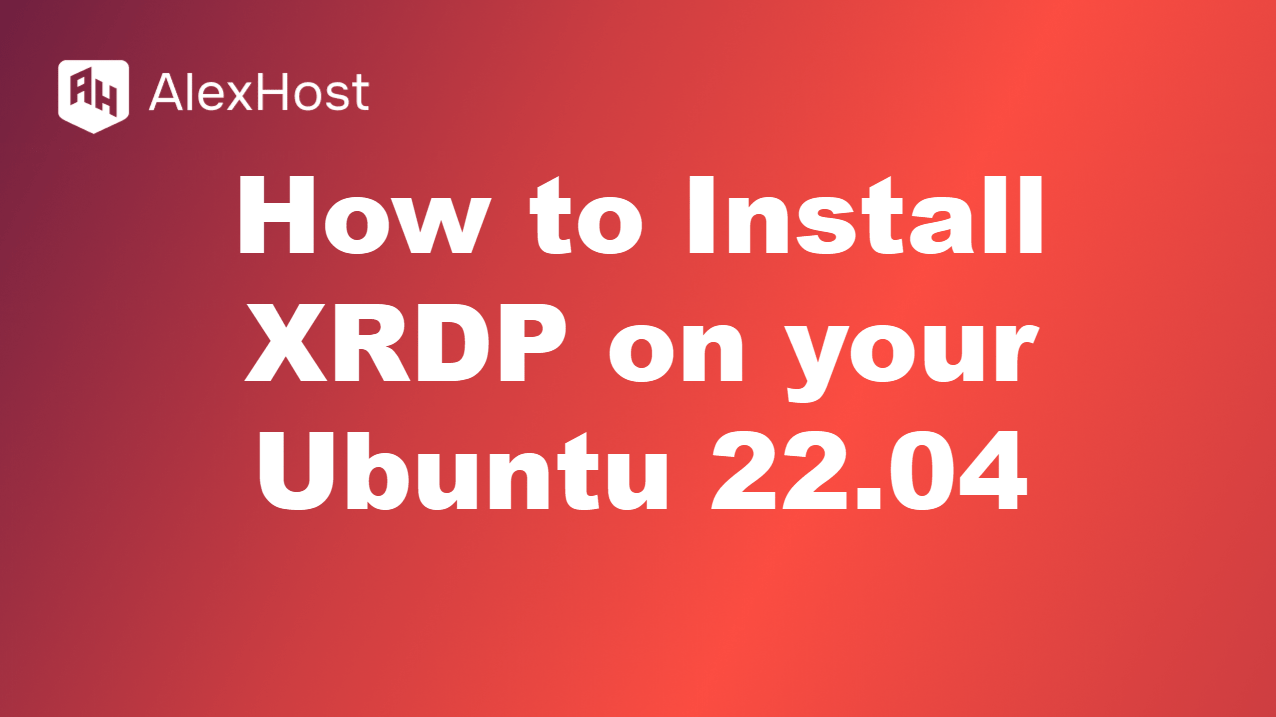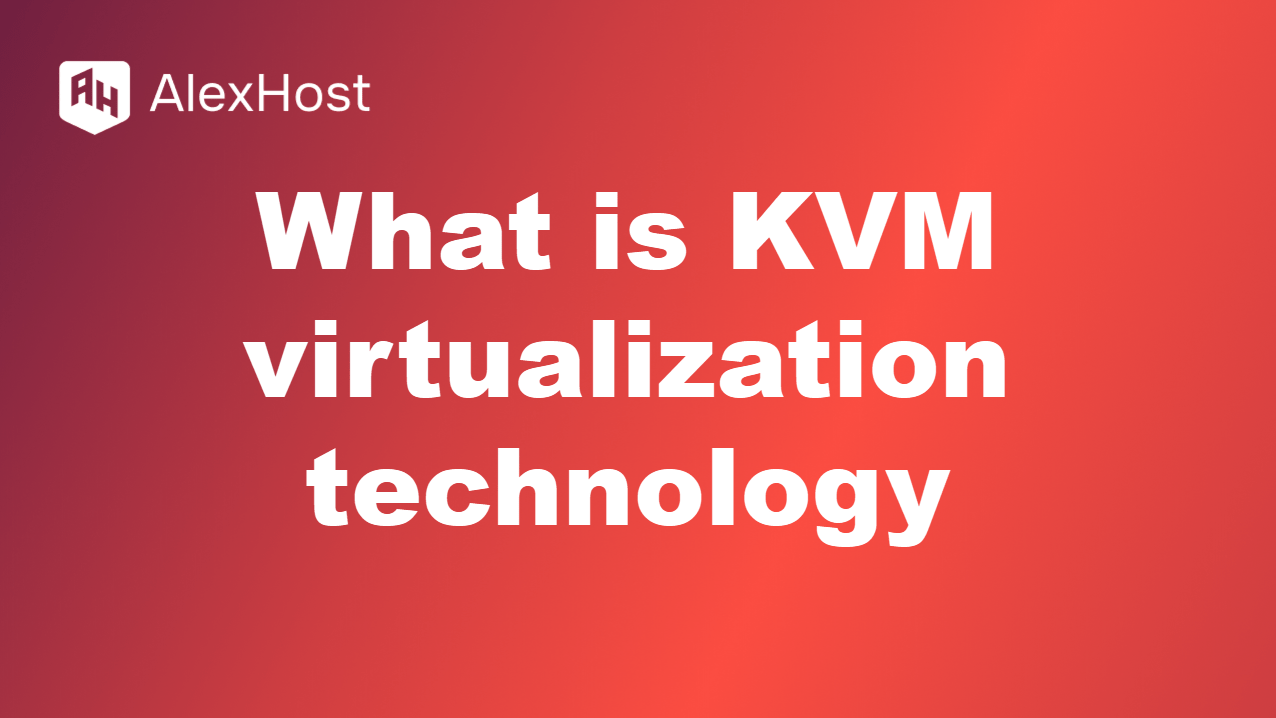Update Linux Kernel on AlexHost VPS: Secure, Fast, and Stable Performance The Linux kernel is the core of your operating system, managing hardware, security, and performance. Regular updates patch vulnerabilities, boost stability, and enable new features. On AlexHost’s VPS with NVMe storage, root access, and DDoS protection, kernel updates are fast and secure. This guide […]
In the Linux operating system, deleting files within a folder can be accomplished through various methods, each offering different levels of control and flexibility based on your requirements. One of the most common ways is using the rm command, which provides options to delete files, directories, and even recursively remove entire directory trees. For example, […]
For users leveraging AlexHost’s Linux hosting solutions, having access to detailed file management tools is essential for system administration tasks. AlexHost’s hosting environment supports a variety of Linux-based configurations, enabling administrators and developers to employ command-line utilities effectively. With the powerful infrastructure provided by AlexHost, users can navigate complex tasks, such as approximating file creation […]
When hosting on AlexHost’s high-performance servers, efficient resource management is critical to maintaining optimal system performance and preventing issues like process starvation. AlexHost provides robust hosting solutions designed to handle multitasking environments effectively, ensuring that server resources are allocated equitably across processes. With AlexHost, users benefit from stable infrastructure and tools that support priority management […]
XRDP is a software that allows Linux users to connect to a remote desktop via Remote Desktop Protocol (RDP). It provides a graphical interface similar to what users see on their screen when working directly on their computer. Here are some reasons why Linux users might want to use XRDP XRDP is a client-server architecture […]
Reasons and Solutions for Error 413: Request Entity Too Large The Error 413: Request Entity Too Large is a common HTTP status code that appears when a client attempts to upload a file that exceeds the maximum file size limit set by the server. This error often occurs when uploading large files, such as images, […]
PHP 8.3 marks the latest advancement in the widely-used server-side programming language, bringing with it a host of new features and enhancements that empower developers to build more efficient and scalable web applications. This version builds upon the strengths of its predecessors while introducing innovative functionalities designed to streamline development processes and improve performance. Among […]
Dear customers, we are constantly striving to improve your experience with us, ensuring that every interaction you have with our company is as seamless and enjoyable as possible. We understand that your needs are always evolving, and so are we. With this in mind, we are thrilled to introduce a brand new, unique service designed […]
Important to note, that all AlexHost clients have access to this type of virtualization Let’s talk about what KVM virtualization is. The term stands for Kernel-based Virtual Machine, and is a unique virtualization technology built into the Linux kernel that provides powerful and efficient virtualization at the hardware level. In this article we will look […]
Regional unavailability of IP addresses due to blocking by providers, local governments or government agencies is not a violation of this agreement. Example: the IP address of the ordered virtual machine is not available to a client from Kazakhstan, Iran, China, Turkmenistan and other countries, due to blocking access to IP addresses by the local provider in […]








